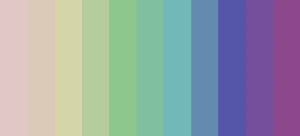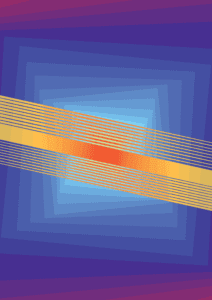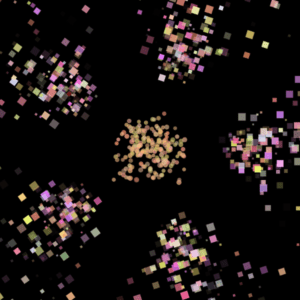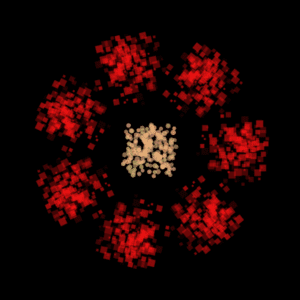Date: 02-26-2019
Response to Sarah Scaturro’s “Eco-tech Fashion: Rationalizing Technology in Sustainable Fashion”
In this article, Sarah Scaturro explores the possibilities of technology being helpful for boosting sustainable fashion, and I find my opinion coinciding with hers, that technology could be of key significance to a more environmentally friendly fashion industry. The debate over biological fibers and technical fibers that Scaturro mentions is interesting, as either of them possesses advantages over the other, which is why companies are still striving to create better materials for garment manufacture. And what Scaturro means by “technology” refers to not only the physical, but also it enhances the recycle model by providing a platform like the Internet, where people get to recycle and purchase second-hand clothes; most significantly, it’s an good place for people to actually learn about sustainability in fashion and get an idea of how they themselves are interacting with it through their fashion behaviors.
Personally, I am pretty interested in how the Internet could play a vital role in sustainable fashion. Given its great influence on the society nowadays and the fact that it is where most socializing takes place, chances are that people’s values towards fashion could evolve through the Internet. Aforementioned second-hand garment trading is one way in which clothes may last as long as possible, but there remain problems, though, because unlike other second-hand products, clothes directly and constantly touch people’s skin, and germs could be transited along. Fashion brands can actually try utilizing sustainability as a way of advertising and brand value conveyance on social media and start promoting more opportunities for green fashion, such as holding green fashion shows or design competitions. As Maslow’s hierarchy of needs suggests, the more well-off consumers are, the more likely they are to pursue value actualization of higher levels, and fashion industry could actually take advantage of that by reinforcing the idea that sustainability is sexy, and that through supporting sustainable products, consumers are indeed doing good to some part of the world.














